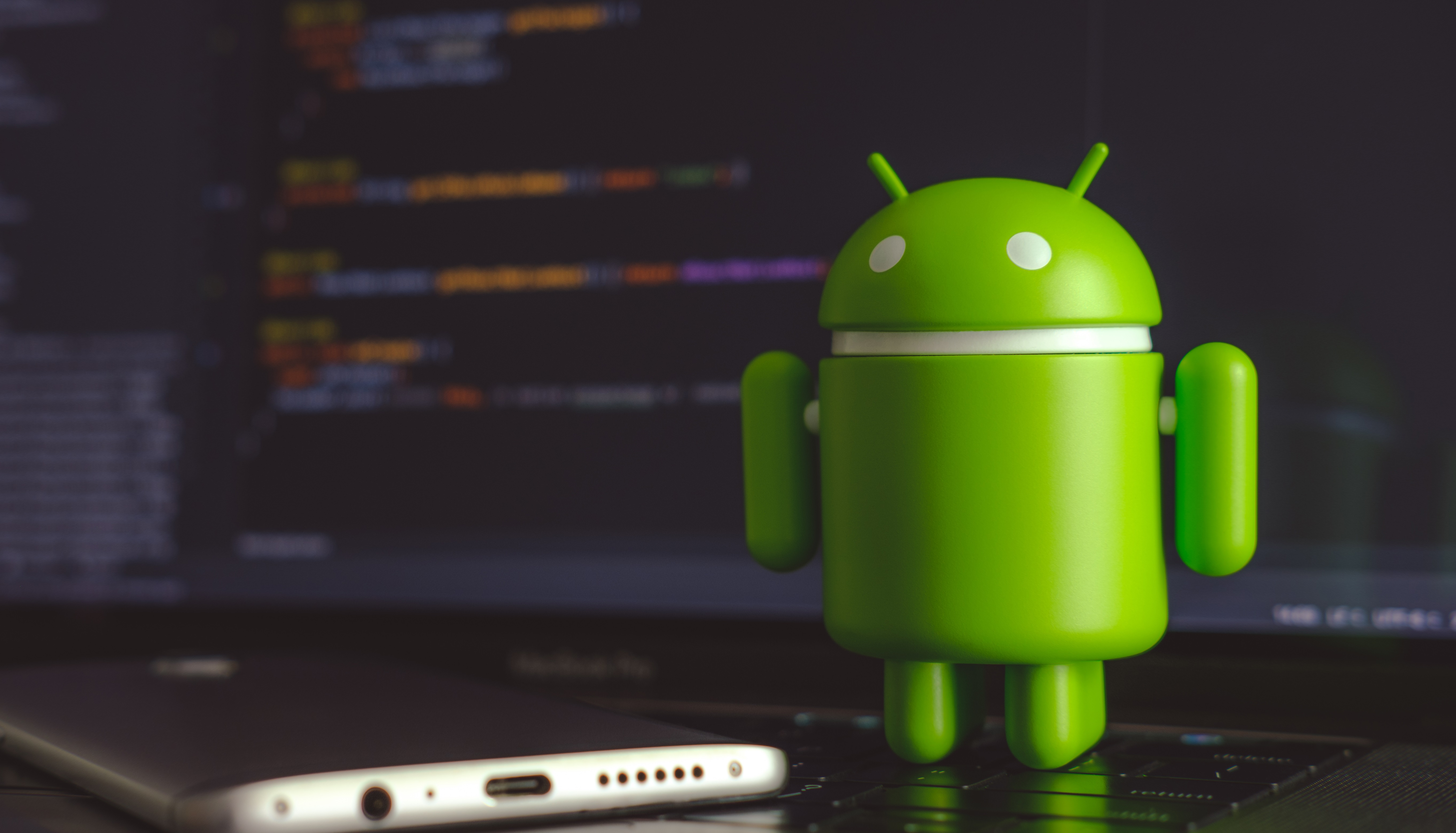Android phones need to resurrect this fantastic option
While I’m a reluctant iPhone user who swapped from Android out of curiosity and never went back thanks to just how consistent doing everything on an iPhone 13 Pro is, I still love getting a new Android phone to try out.
I appreciate the homogeneous nature of iOS across multiple generations of iPhone, but there’s something about giving a new Android phone a spin that’s tantalizing. The software quirks, the varied hardware, the range of photography performance that varies from OK to ‘holy moly I need this printed out’; it’s all just more interesting than the old familiar feeling of locked down iOS.
But the joy of using something new can sour quickly when you try and use a new Android phone for any length of time. Samsung, for example, makes incredible phone hardware with the Galaxy S23 Ultra being an almost the platonic ideal of a true flagship phone. And OnePlus regularly punches above its weight.
Yet these brands leave me cold with the software they slather on top of Android. Samsung insists on icons that just don’t look right in my mind’s eye, with a whole range of software bloat that sometimes feels like it’s determined to get in my way.
OnePlus, once a loadstone for offering the briefest of paint strokes over base Android, has partied over so much of OxygenOS that it’s no longer the near-vanilla Android experience I loved for years.
Conversely, the Google Pixel phones offer an idealized take on Android through Google’s eyes. I love the Pixel phones, but there’s no doubt each generation has slightly been lacking on the hardware front. Even the Pixel 6 Pro with its host of features and interesting design had an undercooked fingerprint sensor. The Pixel 7 Pro fixed that offers a great Android experience, but arrived perhaps a little too late in the face of competition from the iPhone 14 Pro and Galaxy S23 range after its launch.
You may be thinking I’m being ultra-fussy here as the aforementioned handsets are some of the best phones around. And you’d be right.
But flagship prices should offer flagship experiences. And none of the best Android phones quite hit the levels I’m wanting.
Make pure Android great again

My solution to this is an easy one, on paper at least: offer flagship Android phones with pure Android.
Around a decade ago there were options to get some flagship phones with pure unfettered Android. But in recent years, one can’t find high-end phones with stock Android; the Pixel phones are the closest, but they have a little bit of extra Google flair on top, notably with features that tap into the Tensor chip.
In the early days of Android, having extra features added by phone makers built out the somewhat fledgling mobile operating system. But I’d argue that ever since the first Pixel phone arrived, Android has become ever-more capable and slick to use in its base form. So now the extra software and UI bits of the likes of Samsung slap on top of Android tends to get in the way of the best Android experience.
But imagine if you could get a Galaxy S23 or Galaxy Z Fold 4 that has just Android 13 in its pure form, free of One UI interference. The simple interface, easy-to-access option and neat Camera and Photos app would all be present, rather than pushed to one side with phone-maker equivalents.
I’m aware that Samsung, for example, has skin in the game and wants people using its services and app store. But equally, I’d happily pay some $100 to $150 for the privilege of using a pure Android Galaxy S23 Ultra, rather than spend an irritating amount of time squirreling away Samsung’s internet browser and other apps in order to make way for Google Chrome and the likes of Gmail.
Perhaps this is all wishful thinking, but at a time when phone improvements are somewhat incremental, I think it would do no harm for phone makers to look to the past to offer a fresh take for Android phones in 2023 and beyond.
More from Tom’s Guide
For all the latest Technology News Click Here
For the latest news and updates, follow us on Google News.
